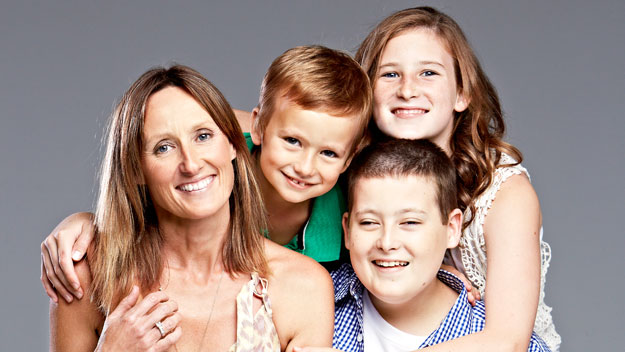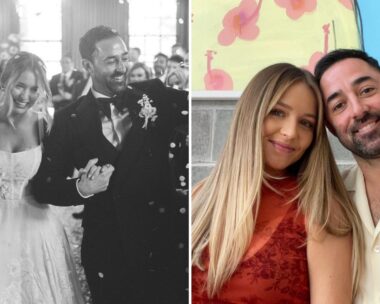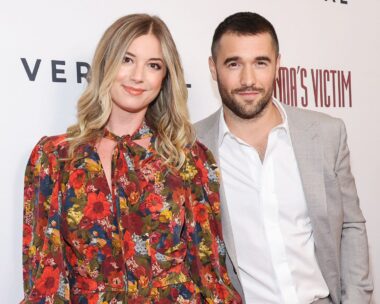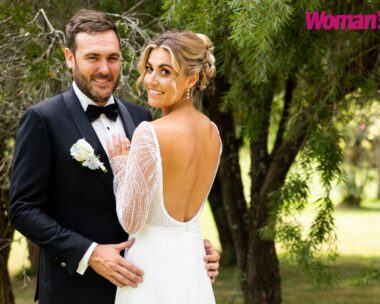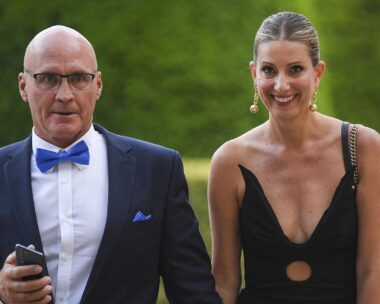Have you ever had a splitting headache and thought to yourself, “I hope this isn’t a brain tumour”? You are not alone. Of course, very few headaches turn out to be brain cancer, but for those who are diagnosed with this devastating and life-threatening condition, the journey is going to be tough.
Gus Larkin from North Sydney, NSW, is 14 years old and was diagnosed with brain cancer when he was 11.
“In March 2010, I started having trouble with my eyes – I would really have to concentrate hard when I looked down to read at school,” says Gus.
“I went to see an optometrist and ophthalmologist, and they said it might be best to go to hospital to see what was wrong. At the hospital, they couldn’t work out what it was, so they ordered an MRI and when they got the results back I was told I had a brain tumour.”
It was scary at the time, but since then Gus has had 23 MRIs, had a major operation, as well as chemotherapy and radiotherapy.
“It was all a bit crazy when I was diagnosed. Five weeks before we found out I had a brain tumour, my dad was diagnosed with cancer, too,” Gus says.
“I can’t imagine how it all would have felt for Mum – like a punch in the face. Dad passed away in September 2011.”
“I’ve been involved with the Cure for Life Foundation and I’ve also been on some camps with CanTeen [The Australian Organisation for Young People Living with Cancer] … We usually do therapy groups and arts and crafts.
“On one of the camps, we each had a jug and over the camp we wrote notes to each other about what inspires us about the other person. They were called warm and fuzzies because that’s how they made you feel.”
Cure For Life Foundation donated the funds for Australia’s first research group dedicated to tackling the rising incidence of brain tumours, established at the Lowy Cancer Research Centre. The research facility, known as the Cure For Life Neuro- Oncology Laboratory, is led by renowned brain tumour researcher, Dr Kerrie McDonald.
Brain cancer can affect men and women at any age. It was once a disease of the elderly, but the age of diagnosis has been getting younger and younger, with childhood cases also on the increase.
Nobody knows why, according to Dr McDonald, and this and many other questions need to be answered if we are to make progress in treating this devastating disease.
Brain cancer is mysterious for a number of reasons, says Dr McDonald. “We don’t know why the age is getting younger. We have no clues. We have discovered through examining the genetic structure of 50 different tumours in the past year that every single tumour is unique.
“At this stage, we can’t prevent something where we don’t know the cause and we can’t cure a disease we don’t understand.”
To find out how you can help support research into brain cancer, visit cureforlife.org.au
